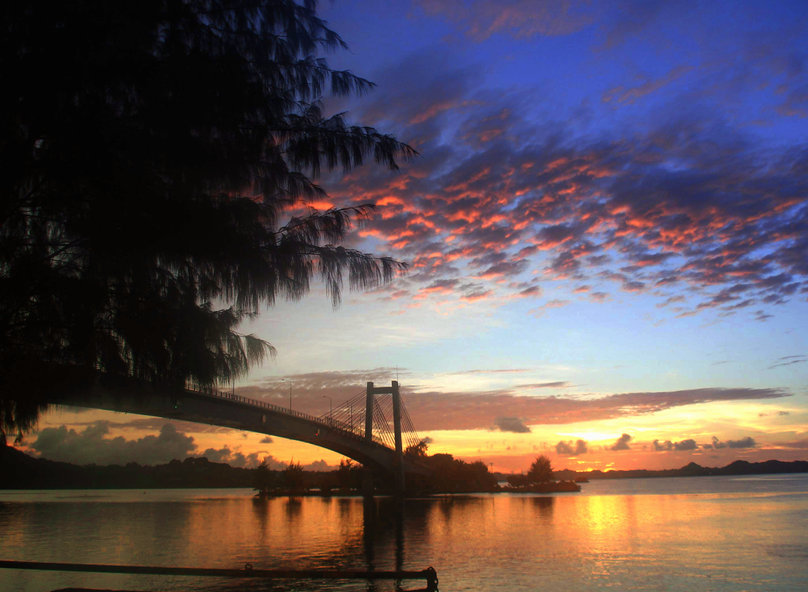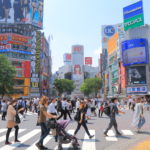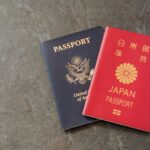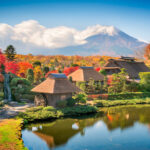Countries Japan colonized

Countries Japan colonized
What countries did Japan colonize? Following is a list of countries/regions Japan colonized.
- Taiwan
- Korea
- Karafuto and Kuril Islands
- Islands of the Pacific Ocean
- Manchuria, China
Taiwan:
In 1871, people from Ryukyu (present-day Okinawa) who had drifted to Taiwan were murdered by the local people in Taiwan. The Qing government refused to take responsibility for the killing and wounding of the locals, and the Japanese government, overwhelmed by the hardline arguments of soldiers and warriors, sent troops to Taiwan in 1874 (Taiwan Invasion). In response, the Qing government, with the mediation of the British, recognized Japan’s departure as a legitimate action and paid de facto compensation.
As a result of Japan’s victory in the Sino-Japanese War of 1894-1895, Japan acquired the Penghu Islands from the Qing Dynasty under the Treaty of Shimonoseki. In 1895, Japan appointed the head of the navy’s military command as the governor of Taiwan. He began to govern the islands, but had to suppress the stubborn resistance of the locals by force. Initially, generals and lieutenant generals of the army and navy were appointed as the governors of Taiwan, and in addition to military command, they focused on administration, legislation, and judicial affairs.
The Governor-General of Taiwan promoted social reforms, initiated land survey projects, and modernized the land system. In addition, the Bank of Taiwan and the Taiwan Sugar Company were established to promote industry.
On the other hand, the poor farmers and other people continued to resist Japanese rule and often launched armed anti-Japanese uprisings. The Japanese responded with a thorough crackdown.
Karafuto and Kuril Islands:
After the end of the Tokugawa shogunate, Japan had its hands full with the development of Hokkaido, so in 1875, it concluded the “Karafuto-Kissho (Sakhalin) Exchange Treaty,” giving Russia all its rights to Sakhalin in exchange for possession of the entire Kuril Islands.
After winning the Russo-Japanese War of 1904-1905, Japan ceded Sakhalin and its attached islands south of 50 degrees north latitude in the Treaty of Portsmouth. Also, it was granted fishing rights in Primorsky Territory and Kamchatka.
Islands of the Pacific Ocean:
European countries have settled and colonized large and small islands in the Pacific Ocean since the Age of Discovery. Germany had acquired the Bismarck, Caroline, Mariana, Marshall, and Palau Islands (German South Seas Islands) since the 1880s.
The Treaty of Versailles, a peace treaty, was signed as a result of the First World War of 1914-1918. The Treaty of Versailles gave Japan a mandate over the former German South Sea Islands north of the equator.
China (Manchuria):
Japan invaded Manchuria, China because it was both rich in natural resources and an ideal immigration destination for people in Japan. Also, the Japanese military wanted the land as a buffer that would protect the mainland of Japan from the threat of the Soviet Union. Learn more on the page about why Japan invaded China.
Korea:
When the new Japanese government was established in the Meiji Era, it sought to establish diplomatic relations with Korea. However, Korea, which had adopted a policy of seclusion at the time, did not respond to formal negotiations.
In 1873, Japanese government leaders advocated the “theory of conquering Korea,” which included the possibility of defeating Korea by force. However, this failed due to strong opposition from other government leaders. In 1875, a Japanese warship provoked Korea on Ganghwa Island near the capital of Hanseong, leading to a battle (Ganghwa Island Incident).
The Ganghwa Island Incident prompted Japan to approach Korea, and in 1876, the following year, Japan and Korea concluded the “Japan-Korea Treaty of Amity” to open the country to the outside world. The Treaty of Amity between Japan and Korea was an unequal treaty that forced the opening of Pusan and two other ports and granted Japan consular jurisdiction and tariff exemption.
After the opening of Korea, armed conflicts broke out between pro-Japanese forces and anti-Japanese forces in Korea. The pro-Japanese forces relied on Japan and the anti-Japanese forces relied on the Qing, leading to a situation in which both countries intervened with force. At the same time, Japanese public opinion toward the Qing Empire and Korea deteriorated rapidly.
Yukichi Fukuzawa published his “Theory of Asia’s Desertion” (1885), which argued that Japan should not join in solidarity with Asian countries but become a member of the Western powers instead, and that Japan should use military force to deal with the Qing Empire and Korea.
The Japanese government became increasingly confrontational with the Korean government, which resisted Japan’s economic expansion.
In 1894, when a peasant uprising broke out in Korea, demanding lower taxes and the exclusion of Japan, the Qing government responded to the Korean government’s request and sent troops. Japan also sent troops.
The two countries deepened their conflict over the reform of Korea’s internal politics, and the Sino-Japanese War began. Ultimately, Japan won the war.
The defeat of the Qing Dynasty, which was the suzerain state, affected Korea’s foreign policy. In the meantime, Russia tried to increase its influence on the Korean Peninsula. With Russia’s support, the movement against Japan increased and a pro-Russian government was established.
This regime changed the country’s name to the “Korean Empire” (Korea) in 1897, partly to compete with Japan.
After Japan’s victory in the Russo-Japanese War of 1904-1905, the Treaty of Portsmouth, Russia fully recognized Japan’s leadership and control over Korea. In 1905, both the U.S. and the U.K. approved of Japan’s decision to become a protectorate of Korea.
Japan signed the Second Japan-Korea Agreement and eliminated Korea’s diplomatic rights. In the capital of Hanseong, Japan established the Office of the Commander-in-Chief to oversee Korea’s diplomacy. Hirobumi Ito became the first Commander-in-Chief.
In response, the Korean Emperor Gojong protested to the powers in 1907, but was ignored (the Hague Secret Mission Incident).
This led to the abdication of Emperor Gojong and the signing of the Third Japan-Korea Agreement, which gave Japan control of the Korean government and resulted in the dissolution of the Korean army.
With the participation of former soldiers from the disbanded Korean army, the volunteer movement, which had been arising sporadically in resistance to colonization, began in earnest.
In 1909, the Japanese government increased the number of troops to suppress the volunteer army movement, but in the midst of this, the former commander-in-chief, Hirobumi Ito, was assassinated by Korean nationalist An Jung-geun at Harbin Station.
The Japanese government, after making preparations such as stationing the Kempeitai (military police), forced the annexation of Korea in 1910 and colonized the country (annexation of Korea).
Hanseong was renamed Gyeongseong and the “Governor-General’s Office of Korea” was established there, with the Minister of War, Terauchi Masatake, appointed as the first Governor-General.
Initially, the position of Governor-General of Korea was limited to active military personnel. The key police position was held by the Japanese military police.
The Governor-General’s Office conducted land surveying and verified ownership throughout Korea. This was the basis for the taxation of land. At that time, a vast amount of farmland and forests was confiscated due to unclear ownership. Some of it was given to the Oriental Development Company and Japanese landowners.
As a result of the land confiscation, many Korean farmers were deprived of their land and became impoverished. Some of them began migrating to Japan in search of work.












